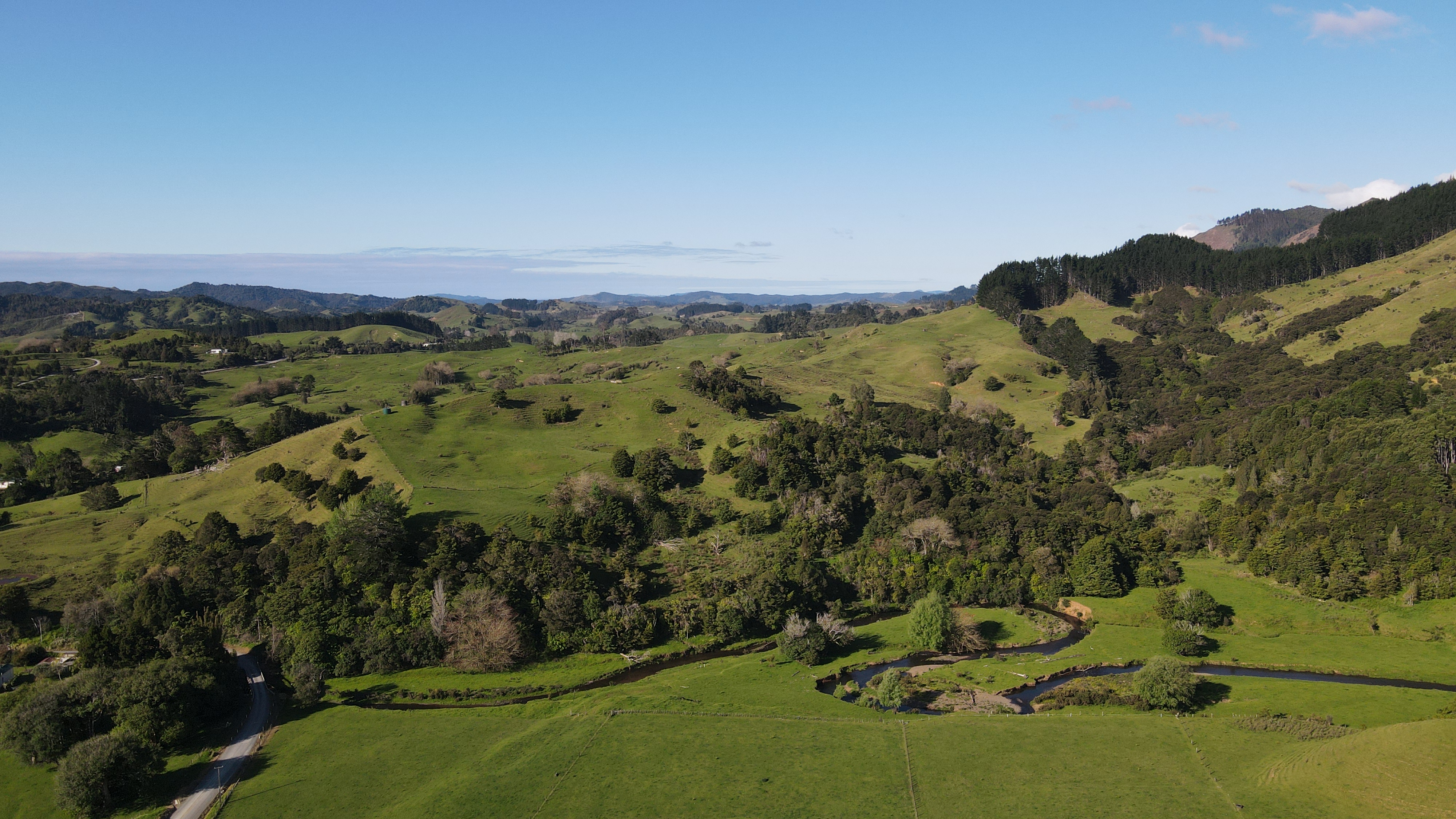Significant Natural Areas feedback extended
Far North District Council is extending its deadline for landowner feedback on Significant Natural Areas by three weeks.

Far North District Council is extending its deadline for landowner feedback on Significant Natural Areas by three weeks.
Far North Mayor John Carter says the extension acknowledges that many landowners need more time to study and understand a report sent to them earlier this month detailing Significant Natural Areas (SNAs) identified on their land. The feedback deadline was due to close on Monday 24 May but will now close at midnight on Friday 11 June.
“The reports and property maps were created using existing records and aerial photography to identify habitats with high ecological value. Some landowners have found that the information is not accurate, so we have extended the feedback period so they can help us get the details right.”
All local authorities across the country have been tasked by the Government with protecting areas of high ecological value under the Resource Management Act with the aim of arresting habitat loss.
The Council identified the district’s SNAs during a mapping exercise undertaken with other Northland councils last year. It found that as much as 42 per cent of the district includes habitats of high ecological value. About 8000 affected landowners received a letter and report earlier this month informing them about the mapping exercise.
“We are obliged to map these areas by the Resource Management Act and the 2016 Northland Regional Council (NRC) Regional Policy Statement. Our goal is to ensure the maps are as accurate as possible so we can complete our District Plan review. However, we will continue to talk with tangata whenua and other groups about SNAs.”
According to Wildland Consultants, which mapped SNAs across Northland, the Far North faces particular biodiversity challenges. Despite a large proportion of the district already being within protected areas, including the Department of Conservation estate, QEII covenants, and Ngā Whenua Rāhui Kawenata, 15.6 per cent of the district includes ‘acutely threatened’ and ‘chronically threatened’ land environments. It also has 91 ‘threatened’ and 148 ‘at risk’ plant species.
Farmers and tangata whenua have been particularly critical of SNAs saying they will seriously restrict property use. Mayor Carter says the Council had raised similar concerns with the Government through input provided last year on the draft National Policy Statement on Indigenous Biodiversity. This policy is still being developed, but he says it will likely impact how NRC’s Regional Policy Statement can be applied. “It is our hope that the final policy will acknowledge that the Far North may be more heavily impacted than other districts and regions due to the large number of SNAs we have and the high proportion of Māori-owned land in the district. We hope the policy will provide us greater flexibility, especially on Māori land.”
He says anyone concerned about how SNAs may impact them, should make their Member of Parliament aware of their concerns while the policy is being finalised.
After the Council’s SNA feedback period closes on 11 June, there will still be an opportunity for property owners to make a submission on the Proposed District Plan – and SNAs – when the Plan is publicly notified later this year.
Detailed information on SNAs can be found at www.fndc.govt.nz/sna on the Far North District Council website. Users can search for SNAs at any address using an online mapping tool that identifies SNA boundaries and links to the ecological report for each property. They can also complete an online survey.

